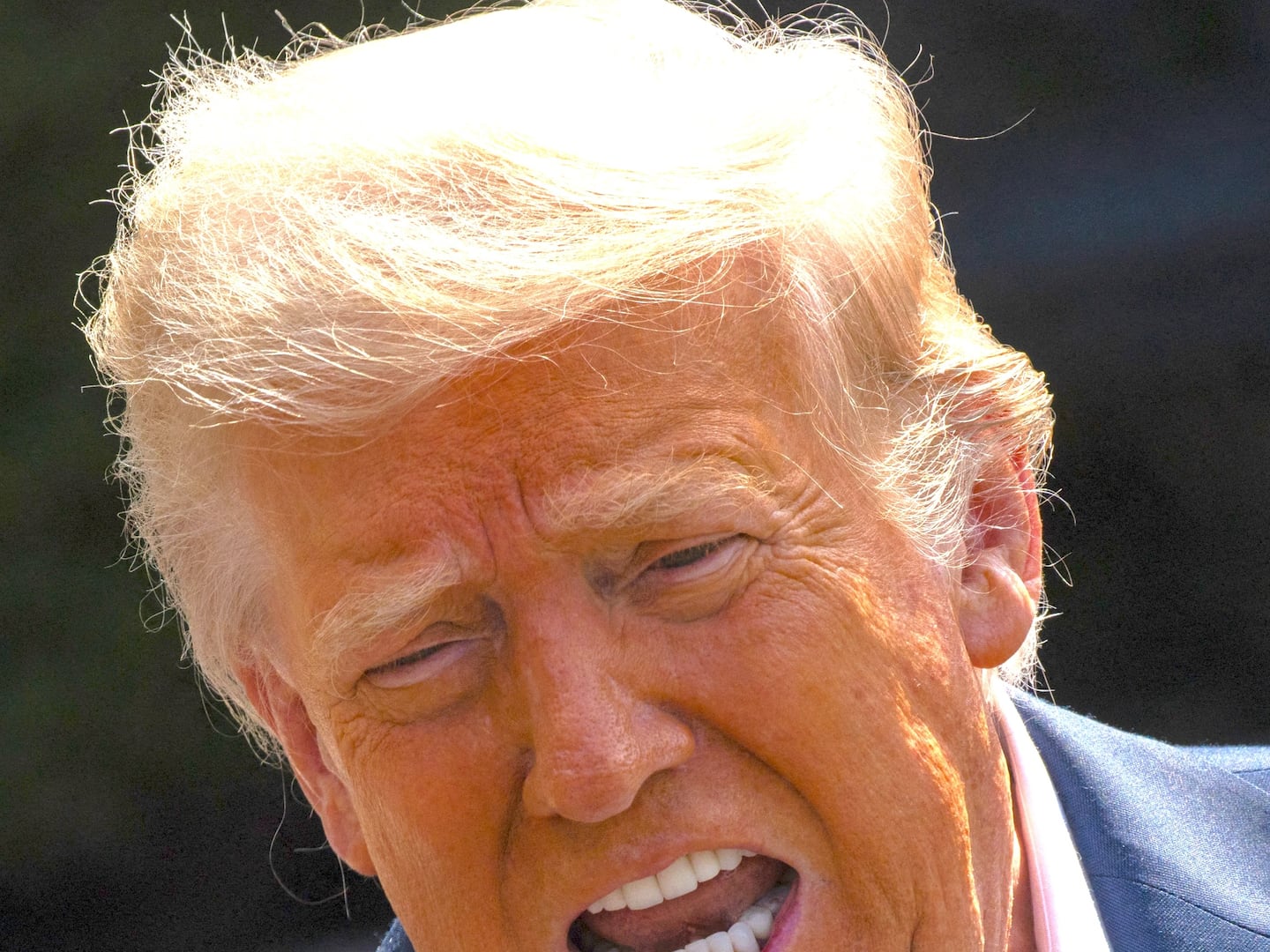On Feb. 23, 2016, an Indian woman, within hours of giving birth by C-section, was raped in a hospital near New Delhi. Some in India took consolation in the fact that at least she was not, like Nirbhaya—the 23-year-old female physiotherapy intern—beaten up after being raped.
A few days later, on March 8, 2016, on Women’s Day, a 15-year-old girl was raped and set on fire.
For those who don’t remember, in December 2012, Nirbhaya was beaten with iron rods, gang-raped, and tortured in a private bus while she was travelling with her boyfriend. As a result of an international outrage over her assault and subsequent death, new laws and new fast-track courts were promised. More women are now willing to report rape cases. But even two years after Nirbhaya, her father claims that the promises of reform were unmet, and that justice in India has failed his daughter and women like her.
Indeed, Amnesty International reports that authorities have not effectively implemented new laws on crimes against women. The majority of rape cases still go unreported. In Prime Minister Narendra Modi’s India, the problem, instead of abating, has become worse:
2011 24,206 (reported rapes per year in India)2012 24,9232013 33,7072014 37,000
In India a women is reportedly raped every 15 minutes. Multiply that by 24x7, 365 days a year. And keep in mind the majority of rape cases still go unreported. The statistics on crime against women is even worse: Every 2 minutes, a women in India is a victim of a crime. This ongoing issue with violence against women raises the real and serious question of whether India is truly ready for a seat on the global table.
One explanation for the ongoing rape problem is the skewed sex ratio. Like China, India has a massive imbalance in its sex ratio. According to the Indian census, the sex ratio in the 6 and below age group has risen from 102.4 males per 100 females in 1961 (the Liberal Nehru days) to 108.9 in 2011 (the Fiery Hindutva Ideology days). In Gujarat, Indian PM Modi’s home state, the sex ratio is 112 to 100.
Economists and sociologists call this the Bare Branches phenomenon, a result of female feticide over a very long period of time. It is an issue that India shares with its massive neighbor, China, where boy babies are also culturally preferred over girls. Independent studies out of MIT and Columbia University have postulated that these Bare Branches—males with a snowball’s chance in hell of finding a female companion—threaten domestic stability and international security.
And yet, the surplus of males in China doesn’t appear to be leading to a rape crisis there. In fact, research has found that while China has seen an uptick in general violence due to the Bare Branches, they actually tend to behave gently around women. No such correlation was found in India.
Why this shocking disparity?

A simple answer points to the Indian caste system. There is an expression in India that “bringing up a daughter is like watering a neighbor’s plant.” India places women lower than men. There is a total and complete disrespect for women in Indian religious scriptures. The Mahabharata, Book 13 Section 40 (13.40), states, “There is no creature more sinful, than woman. She is poison, she is snake.” Other texts say that “Women are living lies.”
Now, to begin with, Bare Branches are predisposed to violence—but in the absence of any respect for women, this violence comes without remorse and becomes unhinged. This is precisely what we are seeing today. The caste system explains the violence against women in India, but to understand the inordinately high number of rapes in India, one needs to dig deeper for answers.
At this moment in its long tumultuous history, India is seeing a renaissance of a narrowly defined, ultranationalist, militant Hindutva ideology. Modi is the poster child of this ideology. This ideology places a lot of emphasis on India’s most beloved epics and historical stories. Sadly at the heart of these ballad-like mythological stories lie lurid tales of sex that glorify rape.
The God Vishnu is said to have raped Tulsi/Vrinda by assuming the guise of her husband:
On seeing her husband, Vrinda was delighted, she forgot her sorrow, dormant passions kindled up. She embraced her husband right there in the middle of the forest. But, at the end of the intercourse she realized that it was Vishnu and not her husband. Vrinda rebuked him angrily. Vrinda said, “Fie on Vishnu in outraging the modesty of another man’s wife.”
Yet this horrible act is justified and glorified, because Indians believe that Tulsi’s husband, Shankachuda/Jalandhar, was invincible in war unless her chastity was first destroyed. Therefore to defeat Jalandhar, it was imperative and gallant of Vishnu to rape Tulsi. Vishnu is seen as a hero for raping her.
Then there is God Brihaspati. He is the Guru of all Indian Gods. Well, this Guru of Gods raped his own pregnant sister-in-law, Mamata. According to Matsya Purana 49.17-28:
Brihaspati, one day saw Mamata, the wife of his brother, Usija. She was pregnant at that time, nonetheless, the story goes that that Brihaspati proposed to her, “Dress thyself well and let us enjoy.” She replied, “The embryo in my womb is mature and is already reciting the Vedas.” Hearing that Brihaspati said, “I don’t need to be taught morality by thee, O sweet one.” After saying that, he raped her.
In America, the day Donald Trump started using bigoted language, Macy’s stopped carrying his clothing line. The Cosby Show was pulled from reruns soon after scores of women accused the comedian of rape. In normal societies people shun bigots and rapists. On appalling issues like rape, one is in fact guilty until proven innocent.
But Brihaspati, even after the tales of rape, is still a God in India. No God in India was ever demoted, leave alone “prosecuted,” for raping a women. Every rape in Indian stories is given a clean chit. It is merely what macho men do; it is just normal. Indian mythology conditions people to attach zero consequence to rape. Furthermore, it is not just rape—all kinds of sordid sex that the modern West would consider taboo is glorified and normalized in old Indian Scriptures. Sex between brothers and sisters, check; parents and children, check; and even with corpses and corpses of dead animals. In the Oscar-nominated movie, The Revenant, the Bear leaves Leornado DiCaprio alone, but in Indian mythology, the Bear has sex with the God Brahma and gifts him with a child, Jambu Vandan.
In a society where the national narrative conditions people to think that rape has no consequences; where violence has been unleashed by an imbalanced sex ratio; and where women have little or no cultural respect, 37,000 reported rapes per year is not shocking, or even surprising. It is just par for the course.
This oppressive atrocity against women in India will get worse, not better. Things will not get better unless there is an international outcry against Modi and his right-wing goons. When Modi met President Obama in India, he was so overwhelmed with the honor that he dressed up in his best vanity suit fit for a James Bond Villain’s audition. The suit notwithstanding, we understand that he wants legitimacy and respect on the global arena. Perhaps a seat on the big boy’s table should be held back till he curbs the Hindutva Ideology, and makes conditions safe for women in India.
Hence, for the women in India, the world needs to hold Modi responsible. Every 2 minutes a women is victimized in India. An international outcry can make a change for the better.






